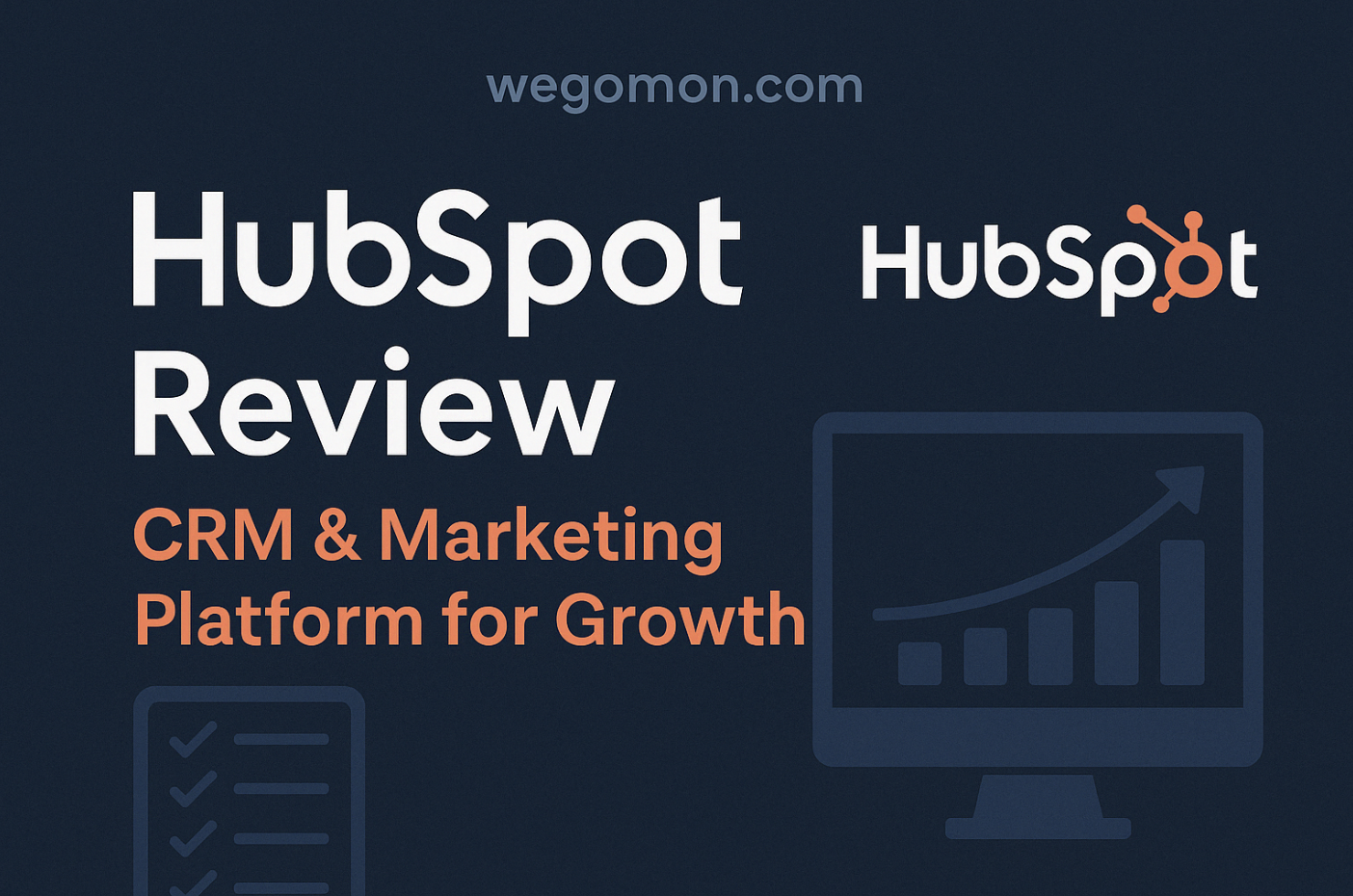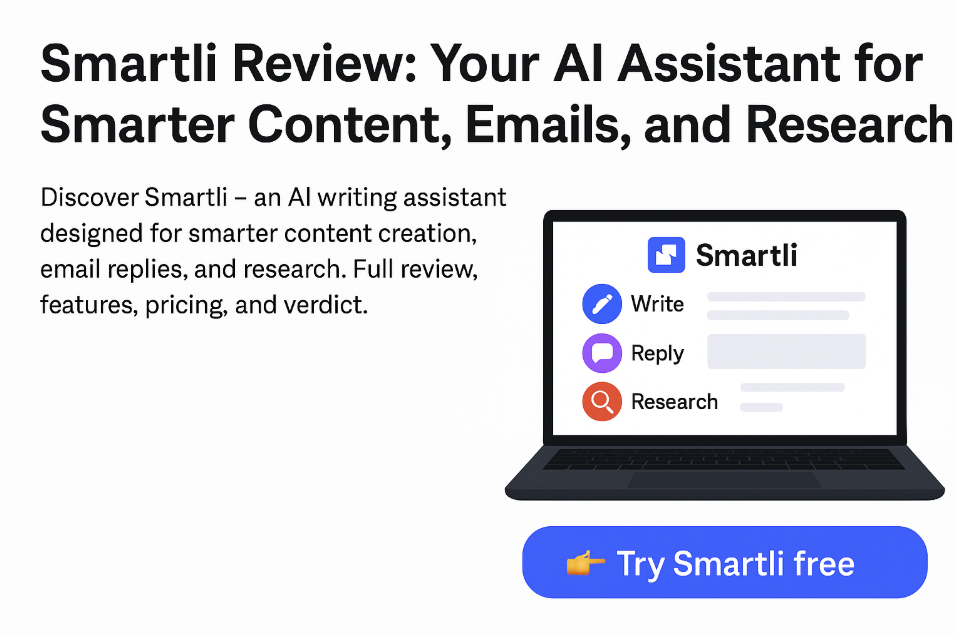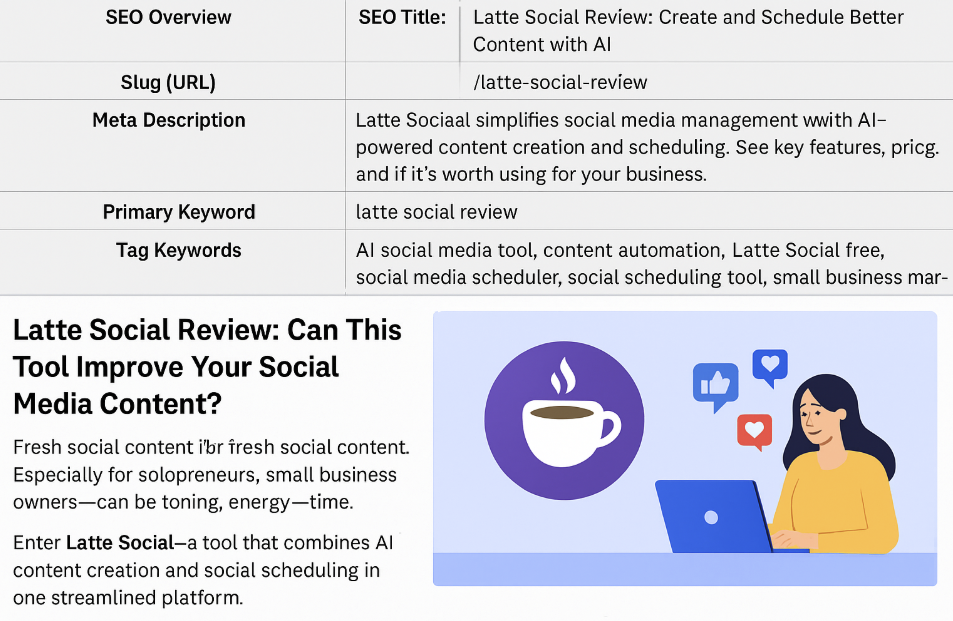If you’re looking for a flexible and scalable platform to manage your leads, customers, and marketing—HubSpot has likely come up in your search. With free tools for beginners and enterprise-level power for teams, it’s positioned as the go-to CRM and inbound marketing platform.
In this review, I’ll share my real experience with HubSpot, what I liked and didn’t, who should use it, and how it compares with other platforms in 2025.
What HubSpot Does Really Well
Here’s what stood out the most while using HubSpot:
Powerful free CRM with contact management, pipelines, and basic automation
Built-in marketing tools: email, forms, popups, ads, SEO tools, landing pages
Sales features: deal tracking, quotes, scheduling meetings, follow-ups
Customer service tools: help desk, ticketing, chatbot, knowledge base
Excellent integration ecosystem and clean UI
[[Best CRM Tools for Startups]]
GoHighLevel vs HubSpot
Why I Started Using HubSpot
My business needed something more scalable than spreadsheets—but I wasn’t ready to pay for an enterprise CRM. I chose HubSpot because:
The free CRM was enough to get started with my sales process
I wanted marketing and sales tools under one roof
I knew I could grow into the paid plans later
[[Top Free Marketing Tools]]
[[Beginner-Friendly CRM Platforms]]
Who HubSpot Is Best For
Based on my experience, HubSpot is ideal for:
[[Startups and small businesses]] needing a free or low-cost CRM
Marketing teams running lead gen campaigns and automated follow-ups
Agencies that need clear pipelines and reporting
Enterprises scaling with dedicated teams (Sales, Marketing, Service)
If you’re focused on selling info-products, courses, or eCommerce, a tool like [[Kartra]] or [[ClickFunnels]] might suit you better.
Downsides to Consider
Though robust, HubSpot isn’t perfect:
The paid plans get expensive quickly as you scale features or contacts
Email and automation features on the free plan are limited
Some features are locked behind multiple “Hubs,” requiring upgrades across plans
That said, few tools offer such a complete ecosystem with this level of polish.
HubSpot Pricing 2025
Here’s how HubSpot pricing is structured in April 2025:
Free Plan
CRM, deal tracking, contact management, email marketing (2,000 emails/month), forms, chat
Starter Plan – from $20/month per hub
Includes marketing, sales, or service features with more automation
Professional Plan – from $800/month
Advanced automation, custom reporting, blog, smart content, campaign tools
Enterprise Plan – from $3,600/month
Custom objects, AI tools, advanced permissions, analytics, hierarchical teams
Note: Pricing is modular by “Hub” (CRM, Marketing, Sales, Service, CMS). You can bundle or subscribe separately.
HubSpot vs GoHighLevel
[[HubSpot vs ActiveCampaign]]
Try HubSpot for Free and See If It Fits
👉 Click here to create your free HubSpot account
Get access to CRM, email, forms, pipelines, and more—100% free to start.





HubSpot’s free CRM helped me organize 200+ leads with zero cost. Upgraded later, no regrets!
We use Marketing Pro and Sales Starter—super smooth and integrates with everything.